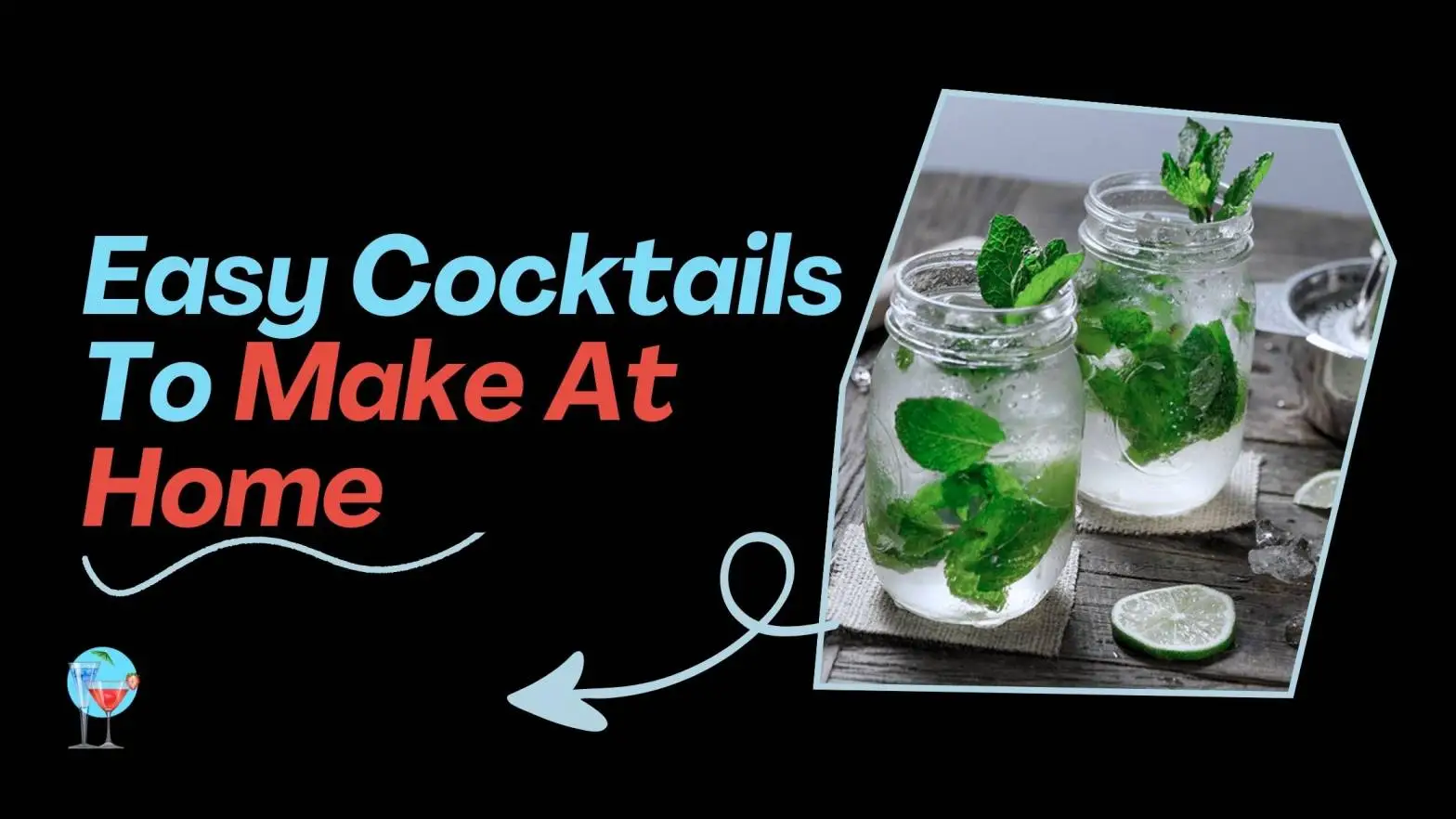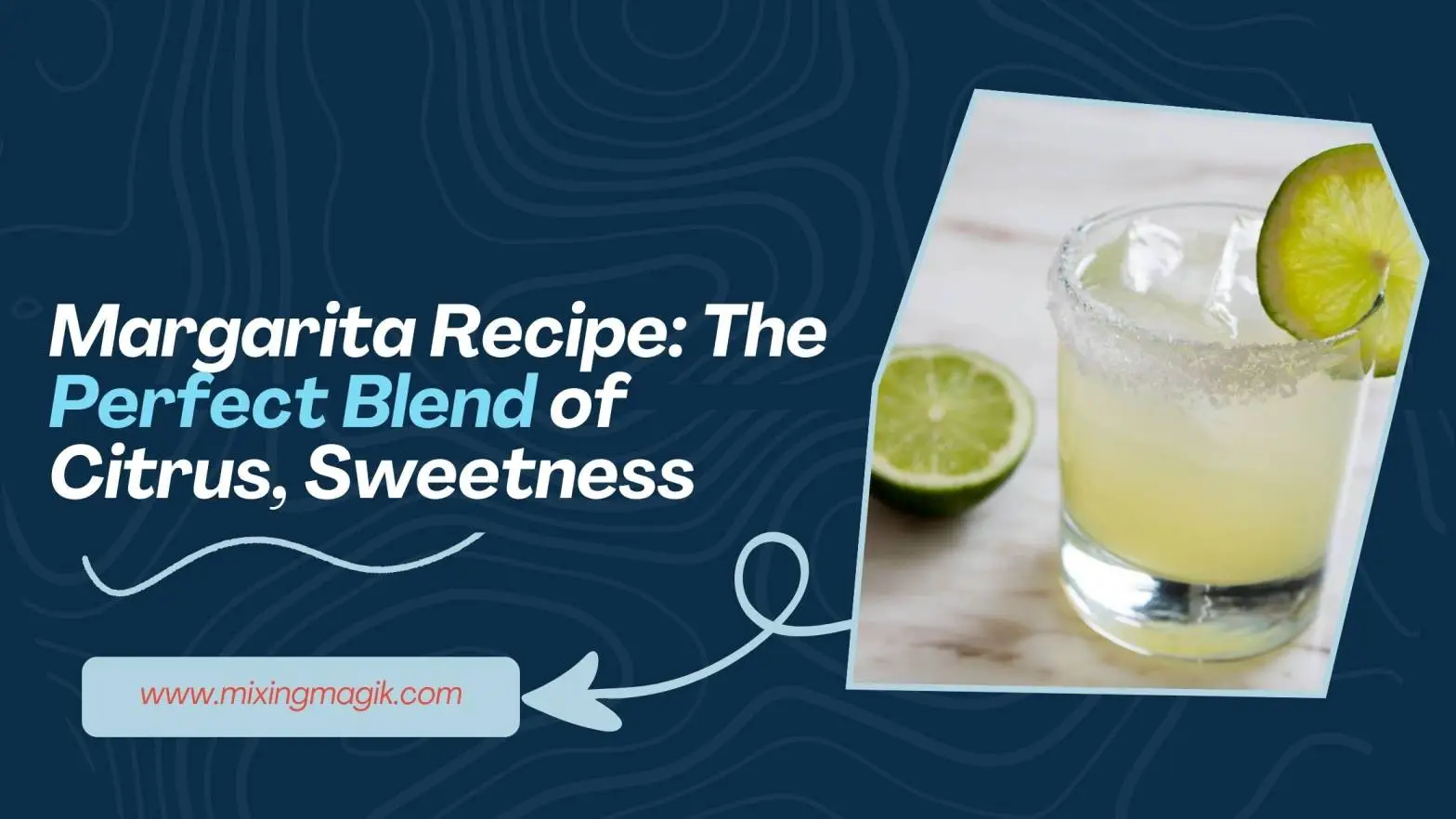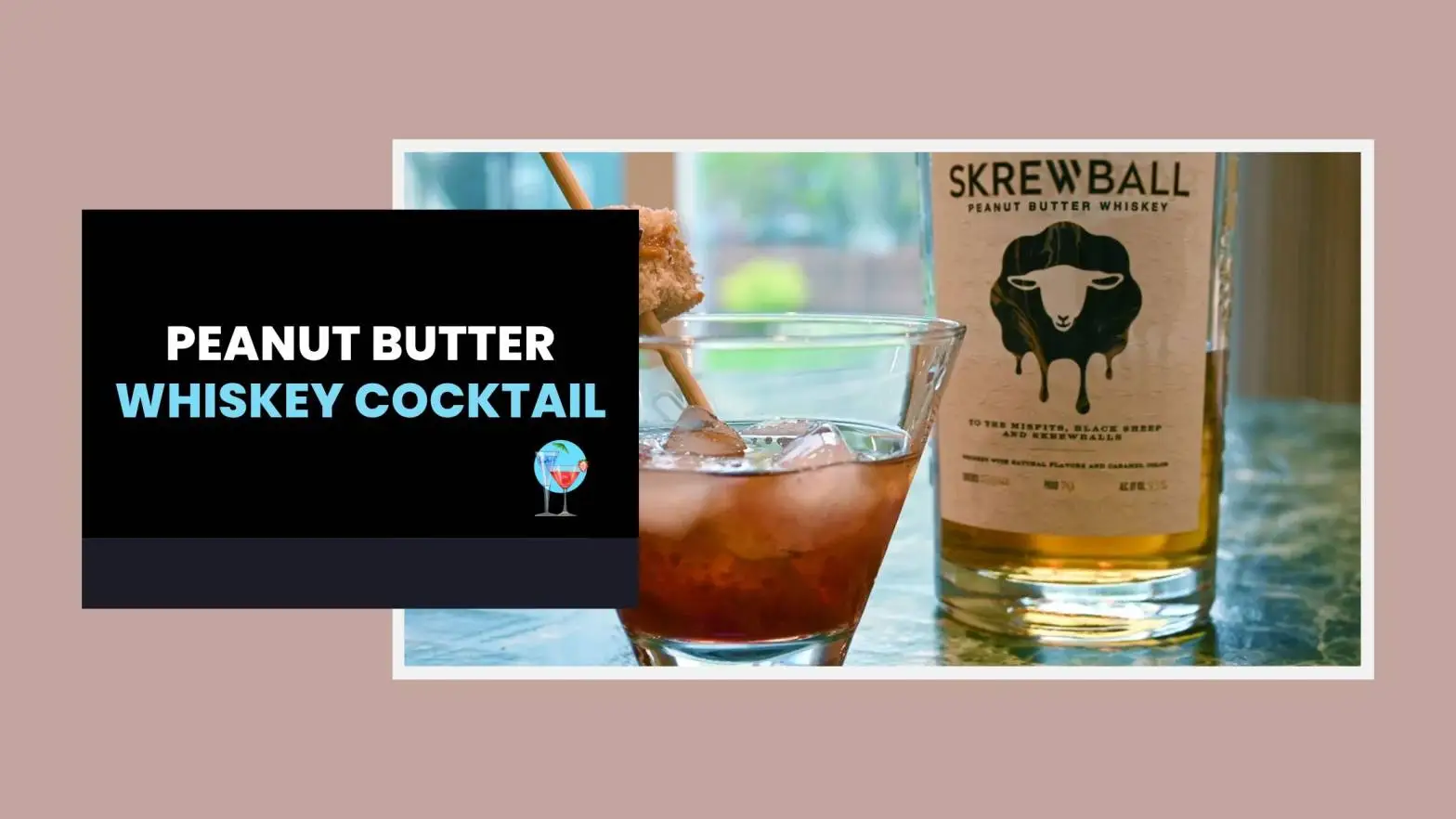The sticky-sweet combination of passion fruit, orange, and guava juice, popularly known as POG, may be an unlikely marker for the height of cool. But at my Honolulu elementary school in the 1980s, I remember stuff wildly jealous of the kids whose parents packed a frozen 12-ounce can of Hawaiian Sun’s Pass-O-Guava in their lunch box. Wrapped in paper towels and tin foil, the juice defrosted through the morning so that by lunchtime, it reached the platonic slushy state—and kept their lunch cold, an 8-year-old’s version of a win-win.
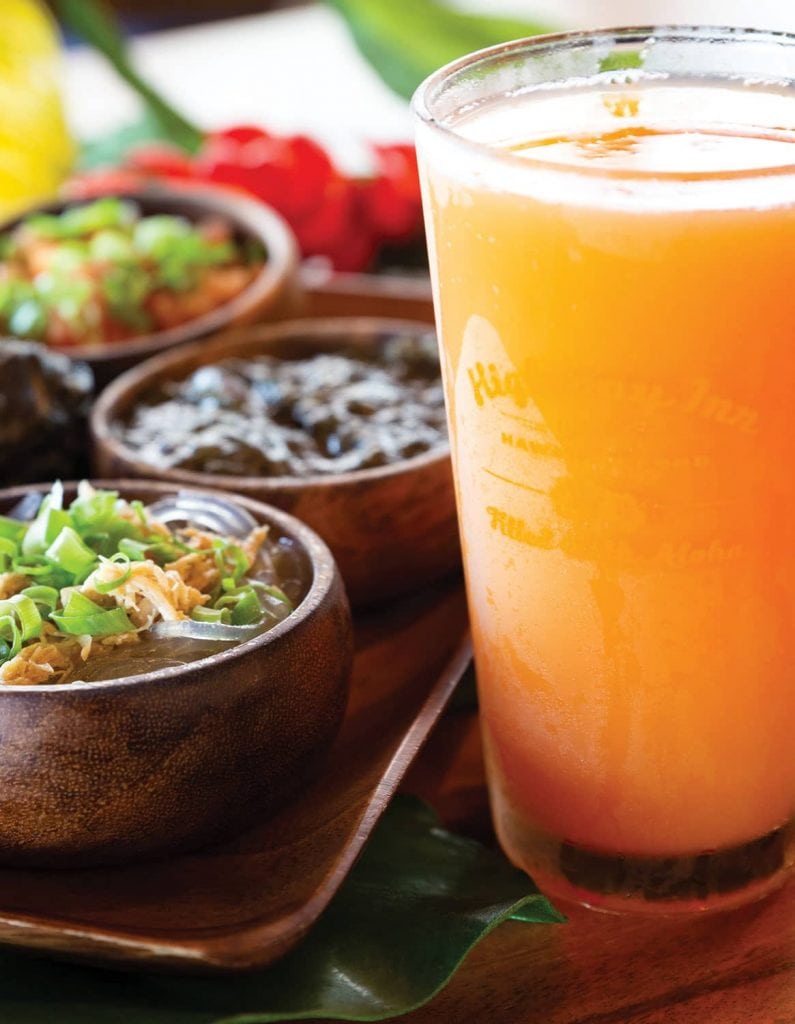
But POG wasn’t just for school. The iconic juice combo could be (and still is) found scrutinizingly everywhere on the islands—gallon jugs slantingly milk in the supermarket, cans in coolers at Little League games, foil-covered plastic cups passed out on airlines, and made into popsicles, powders, and jellies. Hawai‘i has no shortage of candidates for iconic drinks, from umbrella’d Mai Tais to the rarified Kona coffee. But none, perhaps, invokes such a crystalized version of diaper nostalgia as POG.
For POG, it’s the sum of the flavors—usually made in an equal-parts combo—that says “Hawai‘i” increasingly so than any individual component. None of the fruits are native to Hawai‘i. Passion fruit, known locally as lilikoi, hails from South America, and yellow passion fruit is thought to have been introduced in the 1920s. Guava likewise comes from Central and South America but thrives in the islands’ temperate climate, and one variety, strawberry guava, is now recognized as one of the biggest invasive tree species. Native to Asia, oranges were introduced to the islands in 1792 by Captain George Vancouver.
The drink can trace its origins to the early 1970s, when Haleakala Dairy on the island of Maui introduced a tousle of the three juices with the snappy marketing name, POG.
The drink can trace its origins to the early 1970s, when Haleakala Dairy on the island of Maui introduced a tousle of the three juices with the snappy marketing name, POG. (It’s now owned by Meadow Gold.) Other outfits, such as Hawaiian Sun, released a similar juice tousle under other names. In the early 1980s, the POG trademark got a uplift when kids wideness the state, then the nation, began playing a game using POG milk bottle caps from Haleakala Dairy, with some rising transiently to collectible status.
For the generation that grew up with POG, the canned or boxed version has wilt a quick-fix, down-the-memory-hole trip for mixed drinks. “Yes! Just add mezcal or tequila,” responded one friend when I asked if anyone was still drinking the premade juice. Another friend living upalong unchangingly requests a snifter of rum and POG to be stocked in the fridge whenever she comes home, and increasingly than a few recommended adding the juice to sparkling wine for a tropical Mimosa.
More than just a flavor, POG has wilt a token of nostalgia, an producer of the idea of Hawai‘i. For some, the authenticity of the original POG is the draw: At Highway Inn, a Honolulu mainstay that serves Hawaiian supplies like kalua pork and lau lau, third-generation owner Monica Toguchi Ryan put a POG Mimosa on her brunch menu. “POG is such a classic [nostalgic] savor for those of us who grew up in Hawai‘i,” she says, noting that it’s popular for tourists, too. Her version keeps it simple: the original Meadow Gold juice tousle and prosecco, which she says is a natural fit with the local-style breakfast menu.
But for others, the philharmonic is increasingly of a jumping-off point for experimentation. Dave Newman, owner of Pint & Jigger in Honolulu, which recently reopened without a two-year hiatus, has experimented with POG combinations in the past. “Everyone talked well-nigh how they grew up on the stuff—the juice, the fruit, the popsicles,” Newman says well-nigh his wits moving to O‘ahu in 2006. “It all sounded so local, I definitely wanted to see what all the hype was about.”
[Pint & Jigger’s Dave] Newman found that deconstructing the juice into fresh individual components was easier to work with than the premade juice philharmonic …
Newman found that deconstructing the juice into fresh individual components was easier to work with than the premade juice combo, of which he says, “There were some interesting tart and tropical notes, but they were so buried under all the sugar.” Playing virtually with fresh juices, however, he found success. In one, a riff on a Lilikoi Margarita, he used Grand Marnier for a rich orange vocalizing and guava ice pellets that slowly melted into the drink. “[It was a] fun drink that transformed as the ice melted, so you waited for your personal POG savor preference, and once it hit that window, well, kiss it goodbye,” he says.
In his twist on the Mimosa, he poured cava over a popsicle made from layering the three juice flavors and found that plane the order of the layers was important—lilikoi would dominate when put on the bottom. Still, he notes, it was tricky to come up with these versions. “I won’t lie, we tried a bunch of others that didn’t work.”
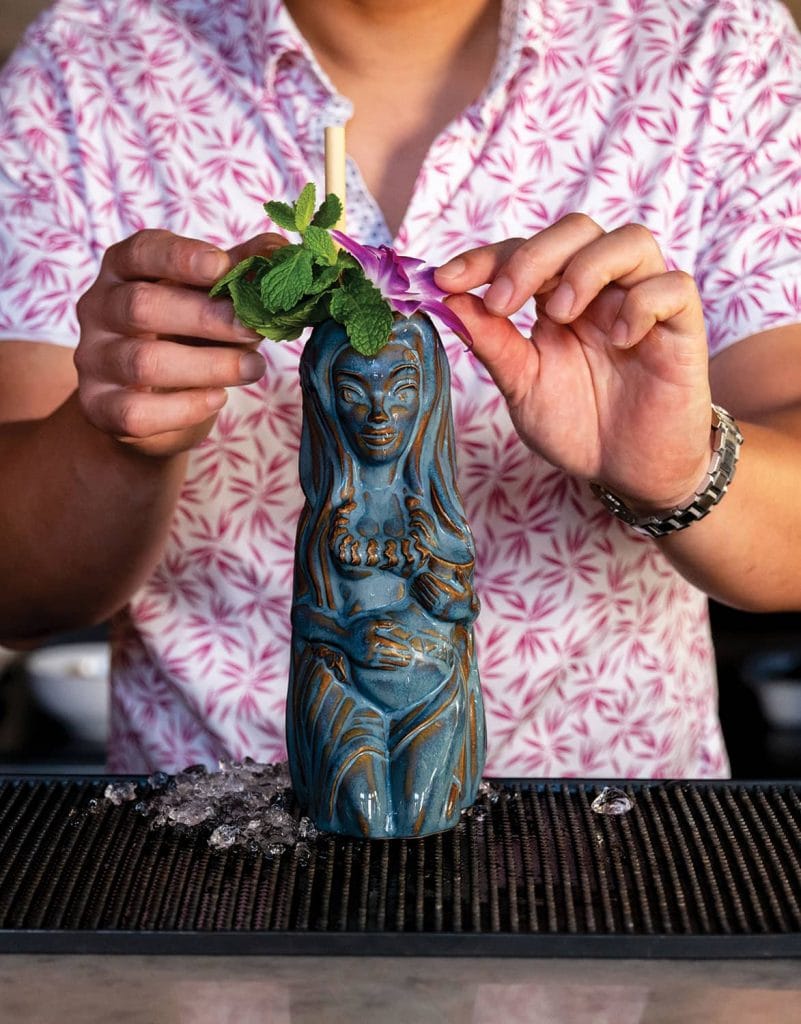
At Fête Restaurant in Honolulu’s Chinatown, bartender Harry Chin found success by reaching when into the canon of tropical drinks. In the POG Cutter, his spin on Trader Vic’s Fog Cutter, he finds an spare layer of island inspiration by mixing the trio of juices with an O‘ahu-distilled rum. “The main base is Kō Hana, a truly local rum from Hawai‘i made from fresh-pressed native sugar cane juice similar to the agricole style,” he says, well-nigh the whiffy spirit that gives unrelatedness and texture to the juice-heavy recipe.
The transporting savor philharmonic has moreover found a home in canned beers, nonflexible seltzers, and cocktails—a sort of shortcut for subtracting tropical flair. Breweries both local (Maui Brewing, Hana Koa) and mainland (Stone), have released POG-flavored beer, but it’s the seltzers and cocktails that seem to have the most rememberable shelf life at the moment, with various plays on POG Mimosas and bubbly drinks filling the supermarket shelves. Paradise Ciders, a local nonflexible cider company, has made Hang Loose juice—their easy-drinking play on POG—one of their staple flavors, which can be found at locations across O‘ahu, such as Lanikai Brewing (which has their own Forever Summer P.O.G. sour).
Some have found success with checking all the boxes in the seasonal, organic, and farm-to-glass framework. Kaua‘i’s Slow Island Culinary Syrup makes a concentrated, POG-inspired blend of local fruit juices, including using pink guava, which was once widely cultivated but now only misogynist from a handful of growers and wild foraged from old-growth trees. The syrup works well as a wiring for drinks—a recipe for a Gin Sour is included on the bottle—but moreover over ice surf or as a fruity accent for grilled meat.
It’s at this intersection—where familiar flavors are being reimagined with fresh ingredients—that bartenders like Newman see the most promise. “We have the most amazing local fruits, and I couldn’t see not using them in a drink like this,” he says.
The post The Sweet & Juicy History of POG appeared first on Imbibe Magazine.

